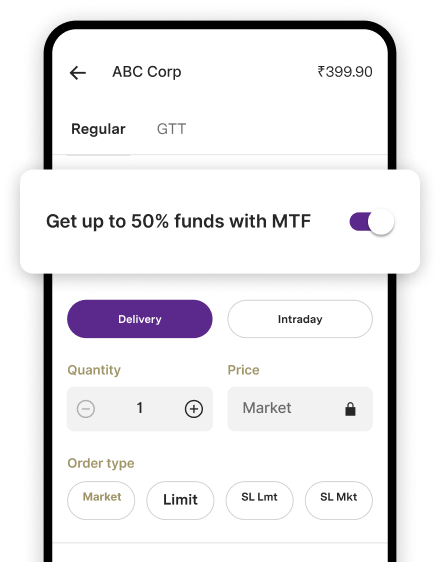How to calculate in-hand salary from CTC
Summary
What is the difference between CTC and in-hand salary?
Learning the lingo for easy understanding
-
Gross salary: Once the Employees' Provident Fund and the gratuity have been deducted from the CTC, we arrive at the gross salary. This can also include overtime income, paid holidays and bonuses before any deductions from income tax, professional tax, and other deductions.
-
Gratuity: The compensation that an employer gives to staff for long-term services rendered is called gratuity. Employees are eligible to get this payment if they served at least five years in the company. It is paid to when the employee resigns or retires from the company. It can be calculated using a simple online calculator.
-
Basic salary: This is the fixed/base salary an employee receives irrespective of performance. The basic salary determines the value of other components such as deductions and allowances.
-
Conveyance: This is the fixed allowance that the employee gets for any costs incurred for travelling to and from the office.
-
House rent allowance: Employees also receive allowances to compensate them for expenses that they incur in renting a place to stay. The allowance becomes taxable for those who do not rent a place.
-
Medical expenses: The CTC of a company includes medical expenses. This comprises expenditure incurred for medical treatment and insurance policies. Companies usually extend the inclusion to immediate and dependent family members.
-
Leave travel allowance: Reimbursement for expenses incurred for travel during paid leaves is called leave travel allowance. This component becomes non-taxable when supporting documents are submitted.
-
Special allowances: This refers to parts of the salary that are not included in any other category.
-
Professional tax: The firm pays a professional tax to the government on behalf of the employee. This is a direct tax.
-
EPF: Every month, the employee and the company contribute equal amounts to the EPF (employee provident fund). This is calculated as 12% of the basic salary according to Section 80C of the IT Act of 1961. It’s also worth noting that the employee’s contribution to EPD is tax deductible. But keep in mind, the upper limit for monthly EPF contributions is INR 15,000/-.
-
Dearness allowance: This usually pertains to the allowance given to government employees. The rate is calculated by adjusting for inflation.
How to calculate in-hand salary:Let us consider Rima, an employee in an IT firm in Mumbai, India. Here is a breakdown of their salary components:
-
Basic Salary: INR 50,000
-
House Rent Allowance (HRA): INR 20,000
-
Special Allowance: INR 5,000
-
Transport Allowance: INR 2,000
-
Medical Allowance: INR 1,500
-
-
Provident Fund (PF) (12% of Basic): INR 6,000 (12% of INR 50,000)
-
Professional Tax (PT): INR 200
-
Income Tax (TDS): INR 5,000 (This is a hypothetical value; their actual TDS will depend on several factors like their investment declarations, exemptions, etc.)
Other considerations
-
Access to Form 16: Employers provide this document to the employee and includes details the salary earned, the amount deducted and paid as tax, as well as other details. Further, it is also essential when filing taxes as it the proof of TDS payments made by the employer to the income tax department.
-
New tax regime: The Union Budget of 2022 introduced the New Tax Regime. It can be opted into by taxpayers who wish to avail a flat lower tax rate instead of leveraging various deduction opportunities under the Income Tax Act of 1961.
Conclusion
Disclaimer
Never miss a trading opportunity with Margin Trading Facility
Enjoy 2X leverage on over 900+ stocks

